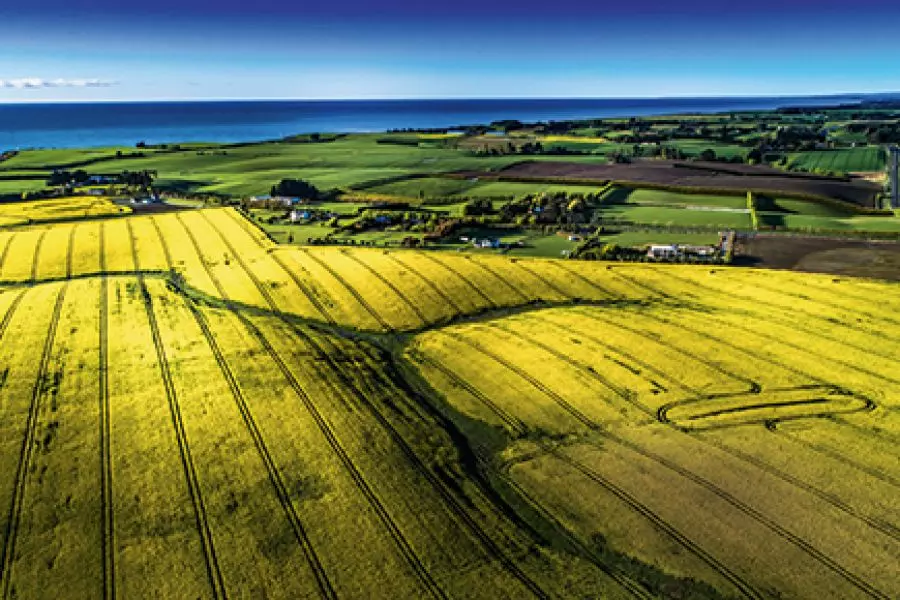News
Hot in Hawke's Bay

Monday 15th of November 2021
It is a region of contrasts - mountains and plains; a major city and side-kick; Rocket Lab's orbital launch site, alongside extensive rural holdings; 2,200 hours of sunshine each year and 350 kilometres of stunning coastline.
The region's Bordeaux-like climate and wide range of soil types have nurtured vines since the 1850s, making Hawke's Bay New Zealand's oldest...
Want to read the full article?
Click the button below to subscribe and will have unlimited access to full article and all other articles on the site.
10 min read
8 min read






![[The Wrap] Bye Bye Bayly](https://goodreturns.publit.io/file/c_fill,w_900,h_600/39f23ac1-f7c7-4854-b700-a150004ebbac.webp)


